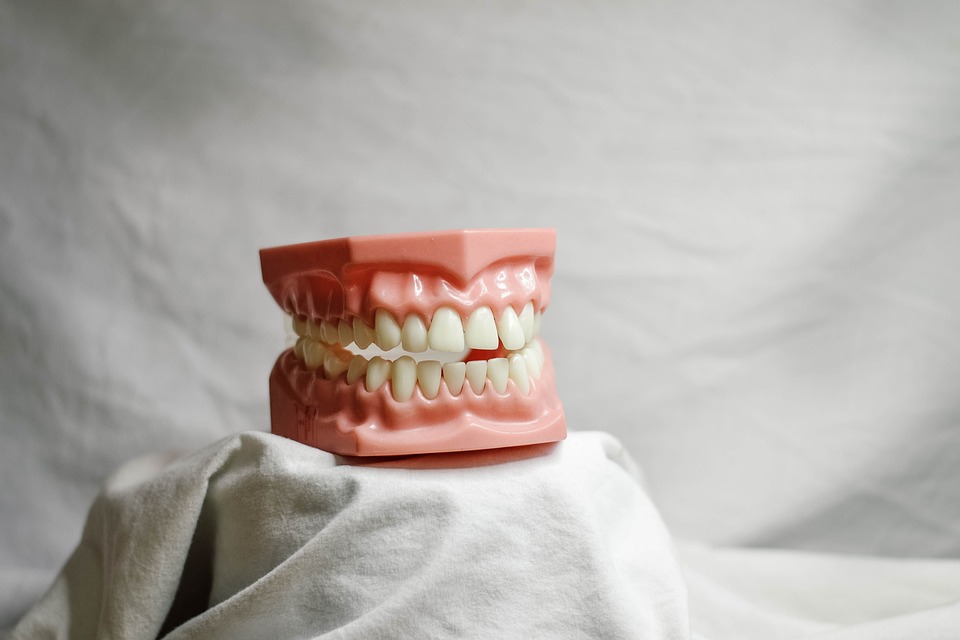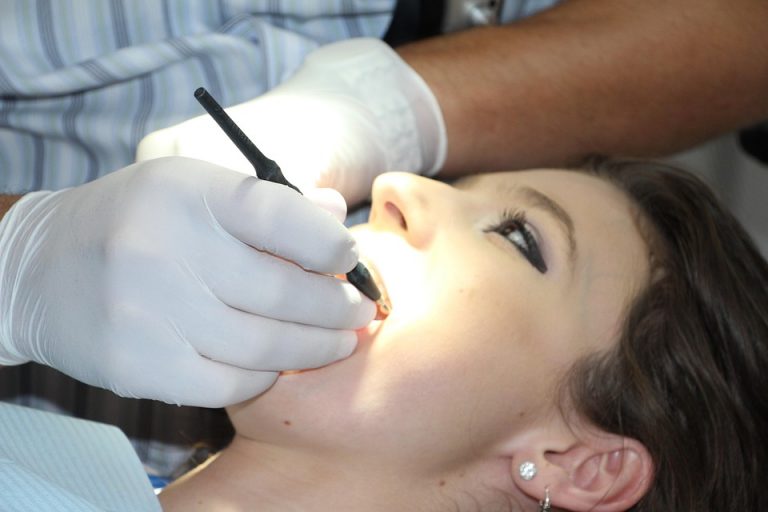Pet dental care is the simple, powerful habit that keeps your furry friend chewing, playing, and kissing you without the stench of neglect. It means daily attention to teeth, gums, and breath — not a luxury, but a health necessity. When you treat mouth health like part of your pet’s routine, you slash pain, infection risk, and costly vet bills. This article gives you seven clear, proven ways to improve dental health at home so your pet lives brighter, longer, and with that spark in their eyes you adore.
Contents
- 7 Ways To Improve Pet Dental Care At Home
- 1. Start With Daily Brushing
- 2. Choose The Right Tools
- 3. Feed For Stronger Teeth
- 4. Use Veterinary-Approved Rinses And Additives
- 5. Inspect Regularly And Catch Problems Early
- 6. Use Toys And Chews That Clean
- 7. Schedule Professional Cleanings When Needed
- Why Early Intervention Matters
- Common Mistakes And How To Avoid Them
- How To Make Brushing A Ritual (Not A Chore)
- When To Call The Vet Right Away
- Evidence And Vet Voices
- Bottom Line
- FAQ
7 Ways To Improve Pet Dental Care At Home
1. Start With Daily Brushing
Brushing is the cornerstone of excellent **pet dental care**. Use a pet-specific toothbrush and enzymatic toothpaste — never human paste — and build short, calm sessions so your pet learns trust, not terror. Aim for at least three times a week, and ideally daily, because plaque turns into tartar fast; that’s the enemy that leads to gum disease and pain. If your pet resists, break sessions into one-minute wins and reward them — patience wins where force fails.
2. Choose The Right Tools
Tools matter: a soft-bristled brush, pet toothpaste flavors, finger brushes, and dental wipes each have a place in home **pet dental care**. For dogs with small mouths, a finger brush often works better than a rigid toothbrush, while cats may prefer a tiny brush or just a gentle wipe. Keep a small kit by the sink so you don’t invent excuses. High-quality toys and chews designed to reduce tartar are smart supplements, not replacements for brushing.
3. Feed For Stronger Teeth
Diet influences dental health deeply. Certain kibble textures and dental diets are formulated to reduce plaque build-up, and some treats carry the Veterinary Oral Health Council seal that signals proven benefit. Rotate dental chews into your pet’s routine and balance them with whole-food nutrition to support gums and enamel. Always check with your veterinarian about calorie counts and ingredient safety to keep weight and oral health in harmony.
4. Use Veterinary-Approved Rinses And Additives
Mouth rinses, water additives, and oral gels can lower bacteria and freshen breath between brushes. Look for products backed by veterinary research, and use them as directed; they’re effective allies in home **pet dental care**. If your pet has a taste preference, try a couple of formulas — some pets accept water additives better than direct gels. These products won’t replace brushing, but they reduce bacterial load and support gum healing after vet treatments.
5. Inspect Regularly And Catch Problems Early
Get comfortable peeking into your pet’s mouth. Healthy gums are pink; teeth should be free from heavy brown tartar and chips. Lifting lips to check for swelling, bad odor, or loose teeth is a quick habit that saves lives. If you spot persistent redness, bleeding, or a tooth that’s clearly damaged, schedule a veterinary exam — untreated oral infection can travel to the heart and kidneys.
6. Use Toys And Chews That Clean
Smart chew choices do double duty: they provide enrichment and scrape away plaque. Look for durable rubber toys with grooves or dental chews validated by vets. Avoid bones and hard antlers that can fracture teeth; those injuries often need major dental work. Rotate toys to keep interest high and watch play patterns — excessive chewing on one side might indicate soreness or a broken tooth that needs attention.
7. Schedule Professional Cleanings When Needed
Home care prevents many issues, but professional cleanings under anesthesia are sometimes essential to remove deep tartar and treat disease. Vets can radiograph roots and treat pockets you can’t see — this is where home **pet dental care** and clinical care meet. Talk through anesthesia protocols and pain control with your clinic; a good team will explain risks and show evidence from veterinary studies that cleanings reduce long-term infection and pain.
Why Early Intervention Matters
Oral disease is silent and sneaky; many pets hide pain until it’s severe. Early intervention keeps treatment simple and recovery fast, and reduces the chance of systemic disease. Research from veterinary schools shows links between periodontal disease and heart strain in dogs and cats, which means brushing and routine checks are preventive medicine. When you choose early action, you give your pet years of comfort instead of months of suffering.
Common Mistakes And How To Avoid Them
Owners often make the same missteps: skipping gradual introductions to brushing, using the wrong products, or treating chews as a full plan. Don’t rush the habit-building phase — gentle, consistent progress beats forced sessions. Throwing away toothpaste because your pet dislikes a flavor is common; try different veterinary-recommended flavors rather than giving up. Finally, assuming fresh breath equals clean teeth is a mistake — bad breath often signals unseen infection.
How To Make Brushing A Ritual (Not A Chore)
Turn brushing into a comfortable ritual with soft praise, short duration, and a predictable schedule. Pick a spot and time your pet enjoys, keep sessions calm, and reward afterward with a small, vet-approved treat or gentle petting. If your pet flinches, stop before stress begins; you want voluntary cooperation. Over weeks, one minute will become three, and three will become a habit — the kind that saves teeth.
When To Call The Vet Right Away
If your pet shows sudden drooling, pawing at the mouth, appetite loss, or a swollen face, call your vet immediately. These can be signs of abscess, fractured tooth, or severe infection that require urgent intervention. Do not try to medicate a pet at home with human products; many are toxic to animals. Quick veterinary action prevents complications and keeps the problem from becoming costly and debilitating.
Evidence And Vet Voices
Leading veterinary authorities emphasize that home care plus professional oversight gives the best outcomes. Studies from university veterinary clinics show that regular home toothbrushing lowers plaque and gingivitis scores significantly compared with no brushing, and dental cleanings reduce bacterial spread to vital organs. Veterinarians recommend a combined strategy: daily home care, veterinary exams, and professional interventions when needed. When you follow that roadmap, you’re following the science.
Bottom Line
Good home habits change everything. With simple daily actions — brushing, the right tools, smart chews, and vet partnerships — your pet avoids pain, infection, and costly procedures. Make **pet dental care** a gentle, consistent part of your routine and you’ll see the payoff in happier meals, brighter play, and a longer, healthier life together. Commit to these seven ways and you’ll transform tiny teeth into lifelong comfort.
FAQ
How Often Should I Brush My Pet’s Teeth?
Aim for daily brushing when possible, but at least three times a week is a helpful target. Regular brushing prevents plaque buildup and delays tartar formation that leads to gum disease. If you can’t reach daily, use water additives and vet-approved dental wipes as supplemental steps. Consistency is what protects your pet’s mouth over the long run.
Are Dental Chews Enough For Dental Health?
Dental chews are useful but rarely sufficient alone for full oral health. Chews reduce surface plaque and provide enrichment, but they don’t clean below the gumline where disease starts. Pair chews with brushing and regular vet check-ups to ensure complete care. Choose chews with veterinary endorsement and be mindful of calories and ingredients.
Is Anesthesia Safe For Dental Cleanings?
Modern anesthesia is very safe when administered and monitored by trained veterinary teams. Pre-anesthetic bloodwork, tailored medication plans, and proper monitoring minimize risks and make cleanings safer. The benefits of removing deep tartar and treating infections usually outweigh anesthesia risks, especially when you use a reputable clinic. Discuss concerns with your veterinarian; transparency builds trust.
Can I Use Human Toothpaste On My Pet?
Never use human toothpaste; many contain xylitol or other ingredients toxic to pets. Human pastes can also foam and irritate a pet’s stomach if swallowed. Use a toothpaste formulated for animals in flavors they accept, which are safe to swallow and designed to fight plaque. Your vet can recommend reliable brands.
How Do I Choose A Dental-Friendly Diet?
Look for diets or kibble designed to mechanically scrub teeth or contain additives that reduce plaque. Ask your veterinarian for brands with evidence-based benefits or the Veterinary Oral Health Council seal. Balance dental benefits with your pet’s overall nutritional needs, health conditions, and caloric requirements. Your vet will help you pick the right fit.
— — —
References
American Veterinary Medical Association provides guidance on pet oral health and dental care best practices (http://www.avma.org/resources-tools/pet-owners/petcare/dental-care).
Cornell University College of Veterinary Medicine discusses periodontal disease and prevention strategies for companion animals (http://www.vet.cornell.edu/departments-centers-and-institutes/cornell-feline-health-center/health-information/feline-health-topics/dental-disease-cats).
Veterinary Oral Health Council offers information on approved dental products and their testing criteria (http://www.vohc.org/dog-accepted-products/).
National Institutes of Health hosts research on links between oral health and systemic disease in animals (http://www.ncbi.nlm.nih.gov/pmc/articles/PMC/).
American Animal Hospital Association outlines professional dental care standards and anesthesia protocols (http://www.aaha.org/public_documents/professional/dental_guidelines.pdf).








